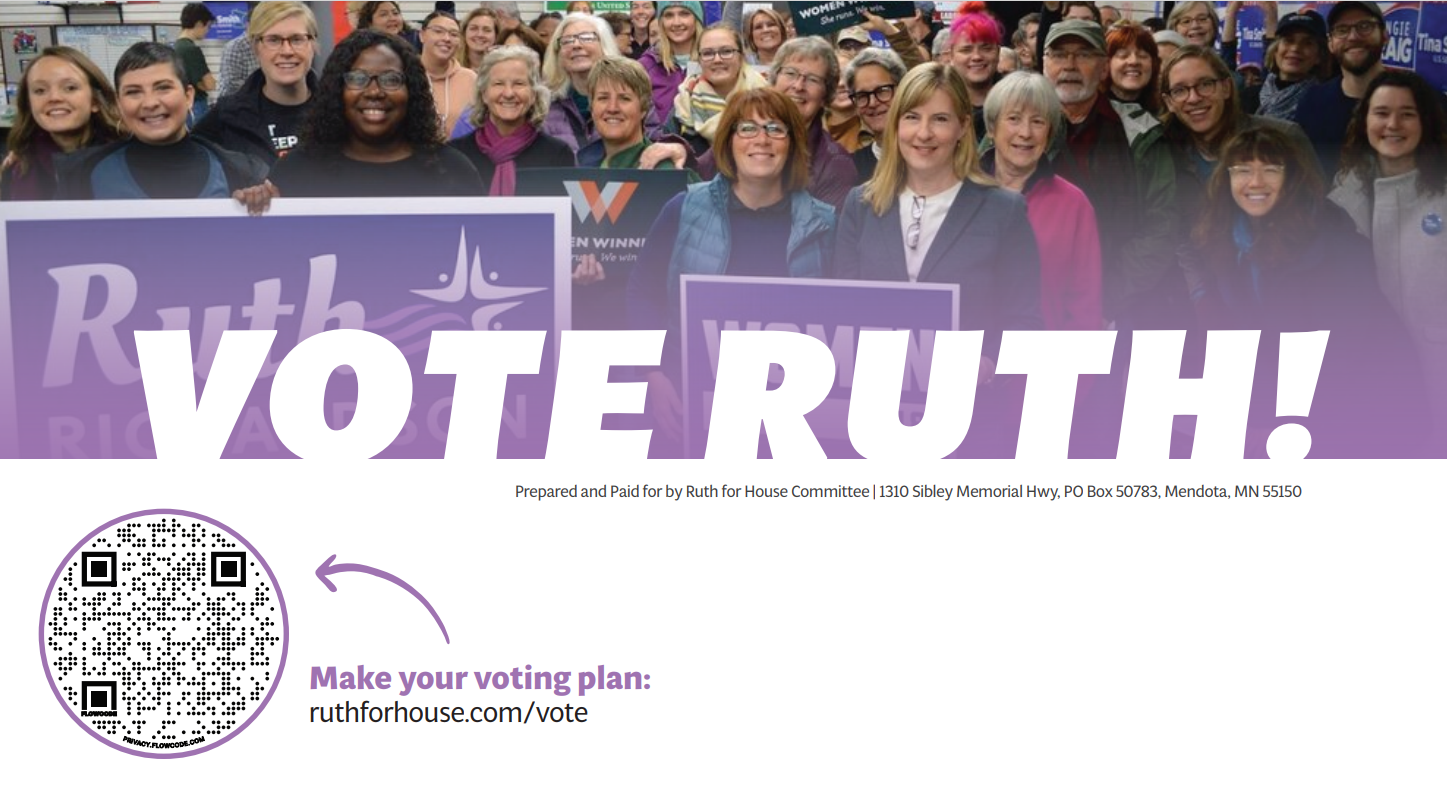2023 in Review
I built this site (and most of these case studies) in 2019, a time that no longer seems real in the post- COVID-19 era. Needless to say, a lot has happened since then! Now that we’re on the verge of another new year, I’m looking back on a productive 2023.
Sharing my views on science writing in a Q+A with AIP
First, I was honored to be interviewed for the spring 2023 issue of the American Institute of Physics’ biannual publication about my time in grad school digging through the archives at the Niels Bohr Library.
Read the interview reprint in the AIP Ex Libris Universum blog.
Telling innovation stories in the life sciences
I joined Thermo Fisher Scientific in 2022 to work on its emerging editorial platform Connect to Science, which among other things gives space for telling behind-the-scenes longform stories about the latest and greatest innovations coming out of the labs of R&D scientists. These are really a joy to write:
What is CAR-NK therapy, and is it the '“off-the-shelf” solution the cancer research field needs? - A new class of therapy focused on CAR-engineered natural killer (NK) cells is now emerging in early trials. Could these natural killers be the key to safe, “off-the-shelf” allogeneic therapies that would crack open a major bottleneck for patient access to cell therapy? I spoke with thought leaders from the product engineering side of cell therapy on the state of the field, what’s coming next, and why now is the right time to be excited about CAR-NK therapy.
2023 Guide to Quantitative Western Blot Publication: For more than 40 years, the western blot or immunoblot has been a workhorse of the wet lab. In its early days, the assay delivered information in a strict binary of ‘yes’ or ‘no’ – protein present or absent. In recent years, however, improved western blot technology and technique have allowed an exciting quantitative element to emerge. What does a “publication-ready” western blot mean today to the top journals in the field, and what tips, tools, and products exist to help researchers get there?
Customer-Led Innovation: Building the CTS Xenon - What does it take to build a next-generation cell therapy solution from scratch when your collaborators are across the ocean and the world has shut down? Trial, error, and absolute faith in the importance of what you are doing.
Get Your Head in the Cloud: Building the Smart Lab with the E-Gel Power Snap Plus Electrophoresis System - The first electrophoresis apparatus was invented nearly 100 years ago, launching biology into a new era of sophisticated instrumentation; it was 20 feet long and exclusive to only 14 labs in the world. Today’s toaster-sized next-gen electrophoresis instrument is cloud-connected, under $6,000, and can run and image a sample in around 15 minutes with the press of a button. The path from point A to point B may surprise you.
The Future of Magnetic Beads is Plastic-Free - Magnetic bead technology got its start in 1976 when a Norwegian professor outsmarted NASA, becoming the first on Earth to create a perfectly uniform microscopic plastic sphere despite the challenge of gravity. A new generation of scientists in Norway is now tackling a different type of polymer challenge —how to skip the plastic altogether. It’s the smallest bead yet and a masterclass in start-to-finish sustainable product design.
AI is Shifting the Paradigm in Flow Cytometry - For decades, flow cytometry has lived in the abstract realm of scatterplots — each dot, a particular cell or event of interest…or not. Without visual proof, there’s no way to know for sure. What could researchers understand if they could actually see their cells flicking through the flow laser via real-time, identifying snapshots, like high school students filing by for their yearbook portraits? And what if we had the technology not only to photograph the cells at high speeds, but to help us categorize those images automatically and identify underlying patterns? Now, for the first time, we do. The future is wild!
Telling visual stories in political marketing
Fun fact about me: if I had to choose any other career field, it would be printmaking. I took an introduction to print design course in high school featuring darkroom printing, letterpress, screen printing, and relief, and I was hooked from there. I taught myself the basics of graphic design and Adobe Illustrator through college, and through a series of serendipitous events, also taught myself the basics of direct mail political design after graduate school.
In true “learn-on-the-job” style, I’ve been supporting state-level campaigns with pro bono logo, digital, and print design since 2018 (2 candidates and 3 campaign cycles! that’s around 20 unique lit/direct mail pieces, 2 brand designs, 2 websites, and a bunch of one-off graphics and collateral pieces). Because it’s self-taught, I’m really proud of this work AND proud to support such amazing candidates!
When designing a flat-card piece, I like to stick to a minimal and clean design with a lot of negative space; provide reader value through information or resources; and tell one strong story in as few words as possible.
Here are a few of my favorites from the 2022 election cycle:













